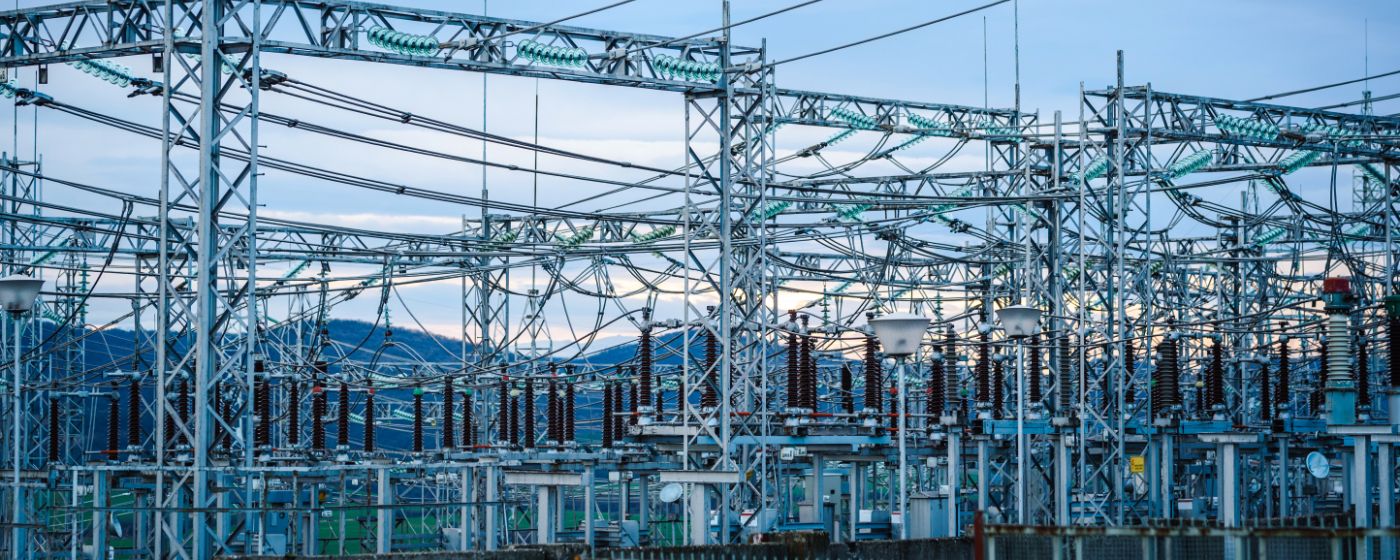Sabine Richter (55), engineering economist for energy applications, has been working for 50Hertz and its legal predecessors for almost 30 years. As Head of Documentation, she is responsible for all of the fundamental topics in this area and is an expert in plant designation as well as various documentation topics and systems. One focus of her work is the holistic consideration and linking of topics. This includes transparent processes as well as the development of new paths with partners. One of these paths is currently the implementation of the plant structuring and designation standard IEC 81346 including the newly revised Part 2.
You are currently making a major effort to introduce DIN EN IEC 81346, even though it has been in existence since 2010. Why now?
We must finally put an end to the historically developed inhomogeneity of our designation requirements. They are based on a standard that has been withdrawn for the last 20 years and are not consistent for primary and secondary technology. This requires many special regulations, which have long since exceeded their limits in terms of control. Consistency and clarity are increasingly difficult to achieve. This not only affects the integration of new technologies into our designation concept, but it also offers potential for conflict when cooperating with external partners.
The broad approach of the current standard makes it possible to classify one's own philosophy within the given framework. However, it desperately needs detailed interpretations, as the range of the standard extends from nuclear power plants to beer dispensers.
What benefits do you see for the future of 50Hertz as a result of the transition?
Very clearly the holistic approach! This enables us to structure all 50Hertz assets "from the top" down to the last terminal. With the recently revised Part 2 on the classification of objects and the extension of codes, the IEC standard has been further developed in a consistent manner. We no longer need to compromise on designations. The aspects and principles described by the standard help the adherence to clear work methods throughout the project. Thanks to the structural "modular system", we can seamlessly classify each new asset area. In general, the implementation of the standard primarily means "structuring!" – once you have accepted this, you can also approach the topic holistically.
My personal highlight of the standard is the "part of" relationship, one of the most frequently used terms in our team. Such principles are easy to comprehend and convey, and a good understanding increases their effectiveness. The application of the standard is a clear basis for creating the structure of tools which use asset data, such as our asset management system. It also facilitates structuring in engineering, including in connection with AUCOTEC's platform Engineering Base (EB), which we are also introducing. We expect the depth with which EB can map the standard to come closest to our holistic approach. Both innovations, the standard and EB, are almost a bit mutually dependent. We expect this combination to be established in a future-proof manner for the growing complexity of plants.
Such a transition between standards cannot be achieved overnight. What does this project signify for 50Hertz?
It definitely signifies a major effort. Three years of groundwork are behind us, with plenty of in-house and external manpower. Following the introduction, there will now be a transitional period in which we will engage in dual designations for a few years. Also in terms of the directives, we must allow old and new requirements to apply in parallel for a while. However, the goal will be worth the major effort: uniform designation of the entire 50Hertz asset park including the documentation. The asset-related IT tools will also adhere to the regulations.
What will the implementation look like?
As the redesignating of plants and their documentation is very complex, we will tackle this gradually in the context of projects. However, we are already "translating" all 50Hertz sample projects for equipment provision as well as the first of RUPLAN's existing projects into the new standard. It is very important for us to involve all of our in-house and external partners in this undertaking. We're offering open training for this purpose. From May '21, interested parties can register directly with our external service provider Gridlab (+49 30 600 86662).
The transition from the AUCOTEC classic RUPLAN to EB will also be a huge step. AUCOTEC is currently preparing the structure of a 50Hertz key project in EB according to our new directives for the energy supply working group ("EVU-Arbeitskreis"). I'm very excited about it!
So you want to share your hard-earned designation directives with AUCOTEC's energy supply working group. Why?
In the EVU working group, we meet as industry colleagues in order to benefit from an intensive exchange of expertise on a broad basis. Network operators are not in direct competition. We have very similar goals and challenges, one doesn't have to reinvent the wheel over and over again. By sharing our results, we are strengthening the designation topic within the industry. The more partners who join us, the more uniformity we achieve. This will significantly facilitate our work and that of our suppliers. Furthermore, we also provide new ideas for EB in the working group and thus support the practical orientation of the solution. Whether EB then ensures an even wider acceptance of the standard or vice versa, we will see if the need to implement the standard leads to broader demand for EB. The decisive factor is that uniformity, and thus simplification and transparency, are achieved - that's our goal.
Thank you very much for this interview, Ms Richter!


